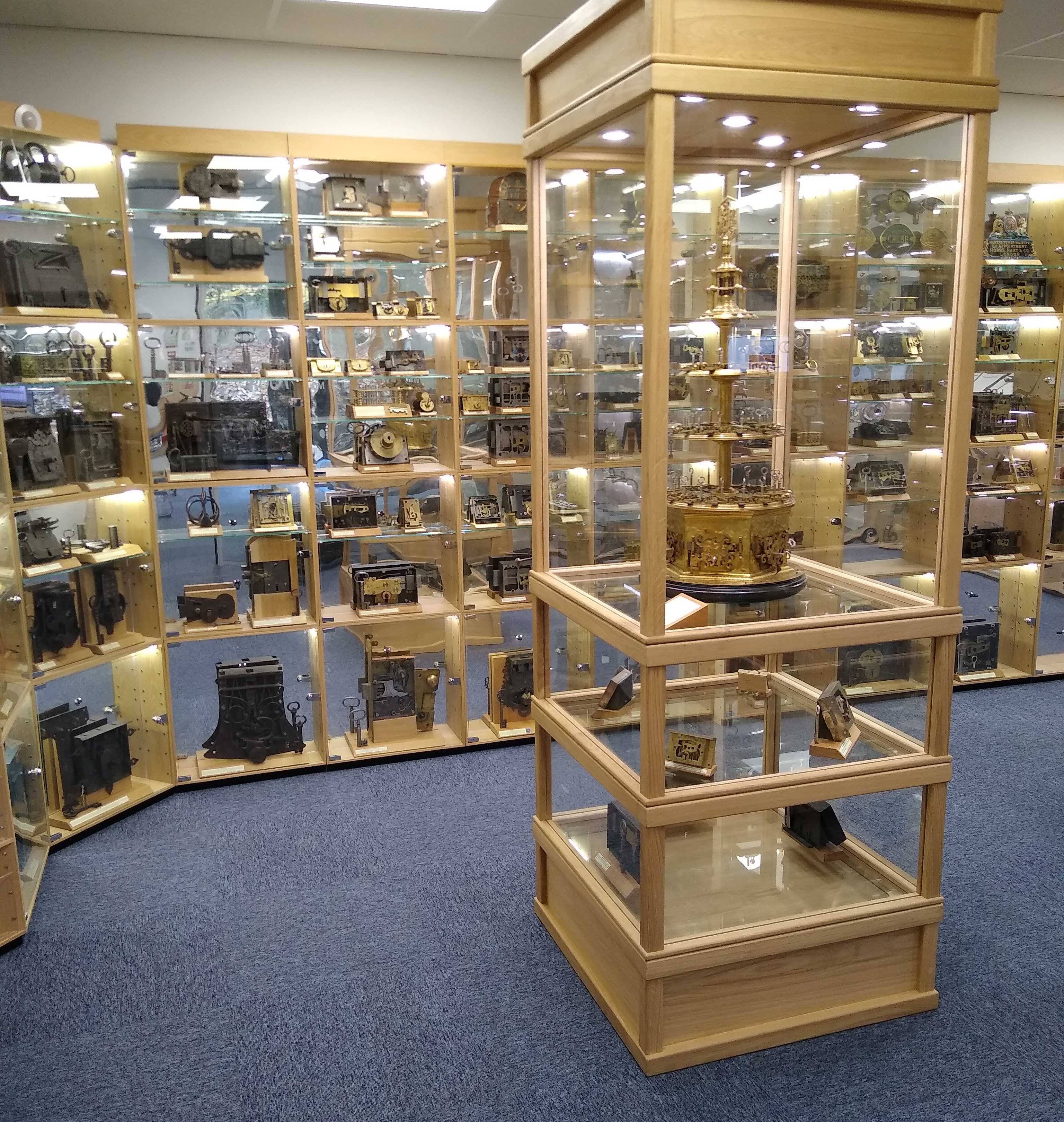Thread: Old safe keys (I think)
Threaded View
-
21-07-10, 08:24 PM #3
 Box of Wards locks.
Box of Wards locks.
Wonderful craftmanship. I am unfamiliar with the term Master piece keys though.
All my working life I came across many such keys, mostly operating on cast or wrought iron chests and doors made in the early 1800s. Easily broken because of the complexity and basic weakness of such keys when faced with heavy resistance due to back pressure on the bolt, most safe and lock men had no option but to replace such locks as the knowledge of how they were originally cut had been lost with the passage of time. Replacement was usually with a standard safe lock and bolt throwing dog and handle.
Box of Wards or Wheel Lock keys when cut today inevitably have a width of cut far in excess of the original key thereby weakening it even further.
I have a question for all the old seasoned lockies out there. How do you think such keys were originally cut. I've heard that they were cast. I've heard that it was a combination of saws and very fine chisels. Or could it have been that the keys were bench cut to very fine tolerances and then the wards and wheels assembled around the key?
One thing is clear, the end cuts, parallel to the stem, are slightly radiused, which points to a curved saw blade similar to a tank cutter. But what about the others?
Thread Information
Users Browsing this Thread
There are currently 1 users browsing this thread. (0 members and 1 guests)






 Reply With Quote
Reply With Quote






Thanks and thank you for the history lesson. Kevin Moreau, an exceptional U.S. blacksmith has a video on making a "pinched bow" key so I thought I would try that technique on this key.
Coffer Lock?